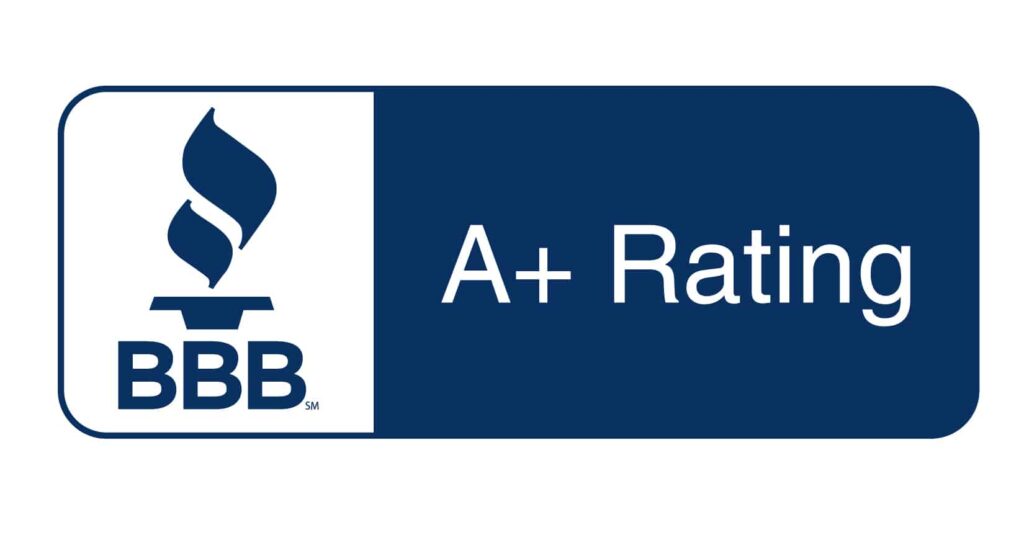Metal roofs are often praised for their durability, but even the toughest roofs can develop leaks over time. Think of it like your car’s tires—no matter how well-built, a bit of wear is inevitable, especially with changing weather and everyday use.
But what exactly causes metal roof leaks? And how do you know when it’s time for professional metal roof repair? Understanding the common culprits can help you address issues early and keep your roof in top shape.
In this guide, we’ll break down the main causes of metal roof leaks and offer practical solutions to fix them effectively.
Common Causes of Metal Roof Leaks
Metal roofs are known for their durability, but like all roofing types, they’re not immune to issues. Over time, metal roofs can develop leaks due to various causes, from weather exposure to installation problems.
Let’s dive into the main culprits behind metal roof leaks to help you spot potential issues before they worsen.
1. Faulty Fasteners
Metal roofing screws can be one of the biggest sources of leaks, especially if they’re not installed correctly. Here are some common issues:
- Over-driven Screws: When screws are driven in too tightly, they can break or damage the rubber washer meant to create a watertight seal. This allows water to seep into the metal roof panels, compromising the existing roof’s protection.
- Under-driven Screws: Screws that aren’t driven tightly enough fail to press the metal roof panels securely, leaving small gaps. Even slight gaps can allow water to enter, which eventually leads to rust and leaks.
- Incorrect Angles: Screws installed at an angle don’t create an even seal, which lets water slip through. Properly angled screws keep the rubber washers flush against the metal, maximizing the roof’s resistance to leaks.
Professional Solution
For lasting results, replace any damaged or incorrectly installed screws with high-quality sealing hardware like APM Hexseal’s Seelskrews. These screws are designed with rubber-bonded threads and offer a reliable seal without needing extra metal roof sealant.
Ready to secure your roof? Trust Impact Roofing for expert metal roof repair and reliable solutions for your home!
2. Damaged Flashing
Flashing around roof penetrations, like pipes, vents, and HVAC units, is often a hotspot for leaks in metal roofs. These areas are prone to wear over time as they shift slightly with temperature changes, leaving gaps where water can seep through.
For example, stack flashings that wrap around pipes and vents can wear out from constant exposure to the elements. Similarly, curb flashings around HVAC units are especially vulnerable since they need to seal tightly on all sides, particularly the upward-facing side, where water can pool.
Even if your metal roofing panels are in great condition, damaged flashing can lead to significant leaks, potentially causing issues with the wood framing underneath. Water entering through compromised flashing can create rot, mold, or structural weakness over time.
Professional Solution
Replacing worn or damaged flashings with high-quality, properly installed ones is the best approach. For HVAC curbs, ensure all sides are carefully sealed, especially the side facing uphill, to keep water from accumulating and finding its way inside. A professional inspection and installation can help extend the life of your existing metal roof by reinforcing these vulnerable areas.
3. Seam and Overlap Issues
Seams and overlaps between metal roofing panels are essential for a waterproof roof, but they can sometimes be the starting point for leaks. Small gaps in these areas can allow water to slip through, especially via capillary action, where water is drawn into tight spaces despite gravity. If left unsealed, even a tiny gap can cause significant water intrusion.
Over time, natural expansion and contraction of the metal roofing panel can widen these gaps, particularly around metal ridge caps and along seams. This is often more common in areas with frequent temperature shifts, which cause the metal to expand and contract regularly.
Professional Solution
Properly sealing seams and overlaps during installation is critical. Using high-quality metal roof sealants or gaskets creates a strong, watertight seal that lasts. For an existing roof, professional-grade sealants can be applied to vulnerable seams and overlap areas to reinforce the roof’s protection. Taking this extra step ensures that minor gaps don’t turn into costly leaks later on, keeping your metal roof secure and dry.
4. Corrosion and Rust
Corrosion and rust are common issues on older metal roofs, especially in areas exposed to moisture for long periods. Rust gradually weakens the roof sheet, making it more prone to leaks and even structural damage if left untreated.
Small rust patches can spread quickly on homes with an old metal roof, so it’s essential to address them as soon as they appear.
Rust often begins in vulnerable spots, like the edges of panels or around fasteners, where moisture tends to gather. Once rust spreads, it not only affects the look of your roof but also compromises its integrity, leading to leaks and potentially costly repairs.
Professional Solution
The best approach is to catch rust early. A professional can clean off the affected areas and apply a rust-inhibiting coating to protect the metal from further damage. For severe corrosion, replacement of the affected roof panels may be necessary to maintain the roof’s overall strength and performance. Investing in timely rust prevention can add years to your metal roof’s lifespan and save you from major repairs down the line.
5. Insufficient Slope
If a metal roof lacks enough slope, it’s an open invitation for water to pool, eventually leading to minor leaks or even more serious water damage. Most metal roofs need a specific pitch to help water flow off easily, preventing any lingering moisture. Without this slope, even light rain can start to accumulate, slowly wearing away at the roof’s integrity.
For example, metal shingles generally require a slope of 4/12 (a rise of 4 inches per 12 inches of horizontal distance), while standing seam systems are designed to work effectively with a slope as low as 2/12. If the slope doesn’t meet these minimums, the risk of water buildup increases, especially during heavy rains.
Professional Solution
For new roof installations, ensuring the correct slope from the start is essential. However, for existing roofs with an insufficient slope, a roofing contractor can often add framing to create the proper angle. Alternatively, upgrading to a new roofing system designed to handle lower slopes might be a good investment to prevent leaks and extend the roof’s lifespan.
READ MORE: Affordable Roof Replacement Options for Homeowners
6. Thermal Movement
Temperature shifts can cause metal roofing panels to expand and contract throughout the day, which may sound harmless but can lead to metal roof leaks. When these metal panels shift, they can loosen fasteners over time, creating tiny gaps that allow water in. This is especially common in areas with strong temperature variations, where a roof might face both freezing and scorching temperatures within a year.
Missing sealants can make the issue even worse, as these sealants help bridge gaps caused by movement, keeping the roof watertight. Without them, you might see more frequent leaks and even warping of the roof panels.
Professional Solution
A key part of preventing thermal movement issues is correct installation from the start, using flexible fasteners designed to accommodate expansion and contraction. For existing roofs, replacing worn fasteners with these specialized ones can help. In larger roof areas, adding expansion joints allows the roof to “move” without compromising its integrity, reducing the chance of leaks and prolonging its lifespan.
Preventive Measures
Preventing leaks in metal roofs doesn’t have to be complicated. Following a few smart practices can keep your roof in top shape and minimize the risk of water damage.
- Regular Roof Inspections: Consistent inspections allow you to catch problems before they worsen. Look for loose screws, rusting, and damaged areas on the roof surface.
- Prompt Maintenance: Addressing minor issues as they arise can prevent them from becoming larger, costly problems. Clean off debris regularly and check for worn-out sealants or damaged screw heads that might need replacing.
- Use Quality Materials: Choosing high-quality materials and metal roof sealants from the beginning is an investment that pays off. Using durable screws and protective coatings can ensure that driving screws into metal panels creates a reliable, watertight seal.
- Proper Ventilation: Good ventilation keeps moisture from building up and causing condensation under the metal roof panels. This reduces the chances of rusting and extends the lifespan of the roof, keeping it leak-free for longer.
Taking these proactive steps can help you maintain your roof’s integrity and avoid frequent repairs.
How to Manage Metal Roof Leaks and Avoid Costly Repairs
Addressing metal roof leaks quickly can save time, money, and hassle down the road. From faulty fasteners to insufficient slopes, knowing the common causes helps you act before leaks worsen.
Investing in routine inspections and quality materials is key to a durable, leak-free roof. Many metal roof repairs are simple when tackled early, but serious issues—like extensive rust or poor slope—often require professional intervention.
When in doubt, work with experts who understand metal roofing inside and out. They’ll ensure that every component meets the highest standards, extending your roof’s life and keeping leaks at bay.
Are you dealing with metal roof leaks?
Impact Roofing specializes in metal roof repair, offering tailored solutions to address leaks and enhance roof durability. With our team’s expertise, we ensure high-quality repairs that stand the test of time.




